Strict Standards: Only variables should be assigned by reference in /home/noahjames7/public_html/modules/mod_flexi_customcode/tmpl/default.php on line 24
Strict Standards: Non-static method modFlexiCustomCode::parsePHPviaFile() should not be called statically in /home/noahjames7/public_html/modules/mod_flexi_customcode/tmpl/default.php on line 54
Strict Standards: Only variables should be assigned by reference in /home/noahjames7/public_html/components/com_grid/GridBuilder.php on line 29
Sanjay Gupta: The doctor
In the months after Hurricane Katrina, death notices in The Times-Picayune increased dramatically. Indeed, by the start of 2006, there were almost 50% more deaths than previous years. It is a horrifying statistic, and a reminder of the long-lasting impact of a storm that lasted a week and crushed three of the poorest states in the country -- ravaging an area from Morgan City, Louisiana, to Biloxi, Mississippi, to Mobile, Alabama.
Even 10 years later, my memories of the time are crystal clear. Some things you are unlikely ever to forget. But my most powerful recollections have far more to do with the lives saved than those lost, especially at the hospital many called "Big Charity."
Inside Charity rests one of my favorite plaques of any building in the world. It reads, "Where the Unusual Occurs and Miracles Happen." It is audacious, and it is daring. It is quixotic, and it is adventurous. But for the hundreds of thousands of patients, mostly poor and indigent, who walked through the doors, received operations, were treated for mental illness, were administered their antibiotics, tested for HIV/AIDS and even began their lives -- it was also a promise.
Yes, strange things happen here, but we will do whatever it takes to save your life.
Hurricane Katrina challenged that boldness, Charity and the remarkable nurses and doctors and respiratory technicians -- and really anyone who worked at the hospital -- who remained undaunted as the generators failed, food ran out and the water came gushing inside.
The unusual had occurred, and now it was time for the miracle to happen.
Three days after Katrina first stuck New Orleans, the Charity team, out of options, planned a rescue mission. They paddled dozens of patients across flooded roadways and then carried them up seven flights of stairs to the top of a parking deck to wait for a chance to evacuate the critically ill. It was nearly 100 degrees with unbearable mugginess, and yet the Charity team stood there, with scrub shirts drenched in sweat, and squeezed silicone bags full of air into the lungs of patients who could no longer breathe on their own.
They did this for days on end.
I will never forget it. Over and over again. Squeezing. They knew their hands were not permitted to become too hot, too painful or too weary. And, as a result, countless patients survived, even with the odds very much stacked against them.
When the helicopters finally started to land, it seemed miraculous to the hospital's patients and the staff. I knew, however, the true miracles had already happened.
Dr. Sanjay Gupta is chief medical correspondent for CNN.
Branford Marsalis: The musician
It's easy to recall the emotions I felt on August 30, 2005. The day before, I had watched as Hurricane Katrina moved away from New Orleans, slowing from a Category 5 to a Category 3 beforemaking landfall.I went to bed thinking the worst had passed.
That Tuesday morning, when I turned on the television and saw the devastation, I could not believe my eyes. That day was one of the most helpless I have experienced in my life. I didn't know how to feel or what to do.
Four days later, I made my way to New Orleans with my friend Harry Connick Jr., and after helping out as best we could and checking on our families' homes, we hit the road and headed to Houston to play for, and spend time with the evacuees in the Astrodome.
That was an uncertain but hopeful drive. It was on that trip that we came up with an idea that would eventually be called the Musicians' Village. With financial and physical assistance from tens of thousands around the world, and together with the New Orleans Area Habitat for Humanity, we built more than 80 homes and the Ellis Marsalis Center for Music, a performance, recording and education center in the Upper Ninth Ward.
I remember in the weeks following the flood, many asked what musicians from New Orleans were going to do, and if the music would ever return. There was never a doubt in my mind that most of us would. The culture that creates the sounds of New Orleans cannot be manufactured anywhere else. Regardless of where the musicians were, it wouldn't be too long before the homesickness set in.
A decade later, the music scene is back, and in many ways healthier than before, thanks to an influx of musicians from other cities in the United States and beyond. And while there is still much to do, the Ellis Marsalis Center is providing a place for musicians to perform and record, a gathering place for the community, and is educating local youth in music. We hope that some of them will join the community of musicians that makes New Orleans different from just about anywhere in the world. In the meantime, I invite you to come see for yourself.
Branford Marsalis is a New Orleans native, NEA Jazz Master and Grammy Award-winning saxophonist.
Laura Cayouette: The actress
Generations of my family have been from Louisiana. There's too much to say about the music, the food, the people and the culture here. It's not for everyone, but it's my soul's home.
I moved to New Orleans in late 2009 as the Saints were headed to the Super Bowl and the newly dubbed "Hollywood South" was beginning a wave of mega-budget movies that bolstered the local economy and created jobs for people like me. And I will be here long after the film industry moves on -- this city is far more magical, dramatic, colorful and packed with talent than any movie could ever be.
I keep hearing that New Orleans is somehow "better" because of the storm. Of course, any city could see improvements through investing money in infrastructure and rebuilding. And if New Orleans is in some ways "better," it's because it was temporarily better funded.
Unfortunately, more funding hasn't always been enough to change things for the better: Rising violent crime and illegal operating of short-term rentals are destroying the fabric of our neighborhoods -- and their ability to self-police. Meanwhile, rents have risen 40% since Katrina, while many of the funds the city received have been designed to accommodate tourists rather than residents. And Gov. Bobby Jindal has pushed away the lucrative film industry with changes to our tax incentive program.
So it's hard to say the city is better -- in some ways it is, in some ways it's worse. It's different and it's the same.
But such a viewmisses the point because New Orleans has never needed to be better to be a glorious city. Yes, we need more police, and our potholes even have names and daily news segments. But as Lafcadio Hearn said in 1879 that "it is better to live here in sackcloth and ashes than to own the whole state of Ohio."
I love my city. We celebrate everything from tomatoes to Tennessee Williams. We'll use any excuse to costume up and wear a colorful wig. And we almost always find a way to give back as we party. As my husband and I said in our wedding vows, "I promise to give back and to preserve the culture of New Orleans and to love my city, my home, my team and my Dome with you."
Amen and "Who Dat."
Laura Cayouette has acted in films, including "Kill Bill" and "Django Unchained," and has appeared in TV shows, including "True Detective" and "Treme." She is the author of"Know Small Parts"and blogs at LAtoNOLA.
John Besh: The chef
There's been so much shared -- yet still so much to share -- in the decade since Hurricane Katrina hit, a wretched storm that left destruction in her wake. Buildings, homes, schools, churches, restaurants, parks, neighborhoods, jobs, families, pets, photographs and memories -- all obliterated by wind and water, the likes of which we had never seen.
The 10 years since have been filled with every emotion under the sun, from angry rage to quiet sorrow. It killed me to witness older folks lose so much, knowing that they'd run out of time to recover. Or to see the young ones, like my boys, who are emotionally plagued by the word hurricane, learning life's ugly lesson -- that their world can change in just one day.
Perhaps what moved me the most was when, for the first time in my life, I was feeding truly hungry people. I can't forget how I felt watching so many in utter despair. So many were failed by the systems and structures that are meant to protect them, by every form of local and state governments, by the federal levees and the education system.
But this profoundly catastrophic event has not only altered my world -- it has been a tremendous catalyst for changing the course of our great city forever. It inspired us to look for solutions to the social ills that hurt our culture. We sought to correct what we could by creating a foundation that brings dignity to all people, especially the most vulnerable.
I believe education is the key to success. So one of the things that we are most proud of is helping to provide scholarships and mentorships to young, talented cooks who wouldn't otherwise be able to attend culinary school -- those inner city, minority youth that have the drive, tenacity, and smarts to excel in the culinary field, but who don't have the means to cover the exorbitant costs of a good culinary education.
In this small way, it's our hope that we will be able to sustain this beautiful culture in this beautiful city by enabling everyone to participate in its economy. And what excites me more than anything is that nearly all of our graduates have returned home to volunteer in their spare time to mentor at-risk youth.
We certainly are not where we need to be as a city. But never in my lifetime have I seen such hope! Using food as that common thread is just a small example of how food really can make a difference.
John Besh is a chef, author of three cookbooks and host of two national public television cooking shows. His 12 restaurants include flagship restaurant August in New Orleans.
Rachel Whittaker: The sportswriter
You never know what you have until it's gone.
Tens of thousands in New Orleans experienced the devastation of Hurricane Katrina, which ravaged the city on August 29, 2005, leaving unfathomable physical and mental wreckage in the place they called home. And for a miserable year after that fateful storm, New Orleans also lost its beloved Saints, displaced to San Antonio and Baton Rouge for what turned out to be a 3-13 season.
I have proudly called New Orleans home all my life, even for the four years I went to college at Louisiana State University and the following year, when I took up my job as the first female sportswriter at the American Press in Lake Charles, Louisiana.
But now that I'm back rooted in the Crescent City as a sportswriter at NOLA.com, I've again seen close up how the Saints still contribute to the city's recovery, a decade after the storm. Indeed, that role of New Orleans sports as a mechanism for galvanizing the people is something the Saints still take pride in.
The word on the statue of former Saints safety Steve Gleason blocking a punt on the night the Superdome reopened says it all -- "Rebirth." I'll never forget being in the Superdome that night as a 17-year-old in the front row, tears streaming down my face as I soaked in the emotion of the city and its people after that remarkable play. The way Coach Sean Payton and the Saints dominated the Falcons echoed how the city itself would never succumb to the ravages of a hurricane.
Fast forward to this week, and Saints assistant coach Joe Vitt was speaking to the media about that post-Katrina season, when the Saints reached the NFC Championship Game. He said they just didn't want to let the fans down.
Picture This: Images of New Orleans
Little did the team know then that redemption for falling just short in 2006 would be so sweet when on February 7, 2010, the team finally won a Super Bowl. Attaining those heights after suffering through the lowest valley of Hurricane Katrina said it all -- rebirth was the only option, and this city would do whatever it takes to get there.
It's hard to imagine New Orleans without the Saints, without the ubiquitous "Who Dat" cheer before each game in the Mercedes-Benz Superdome. At first, the Saints were simply an escape from the pain and suffering brought by Katrina's floodwaters. But now they are much more -- a symbol of the city's resilience, and a determination that will never disappear.
Rachel Whittaker is a sports reporter for NOLA.com/The Times-Picayune.
Thad Allen: The Coast Guard commandant
I arrived in New Orleans on September 6, 2005, flying into a makeshift landing zone in a parking lot adjacent to the Convention Center. It was a week after the hurricane made landfall. It was clear we were no longer dealing with just a hurricane, but rather consequences comparable in scale and scope to those of a weapon of mass destruction. Repairs to the compromised levees and drainage canal walls were in progress, but the city was filled with black water, lacked water sewage and had no electricity.
While resources poured into the city under emergency and disaster declarations, the stunning events at the Superdome and Convention Center challenged our national psyche. How could we cope with such a complex crisis?
Still, there were bright spots. The Coast Guard had been magnificent -- flying in behind the storm the same day and putting boat crews on the water to save more than 30,000 people. Those operations were made possible through diligent pre-planning, preparation and incredible on-scene initiative, not through a coordinated, unified central response framework incorporating federal, state and local resources.
Reflecting on Katrina 10 years later, a few things are clear.
First, it is no longer sufficient to plan for a disaster based on the resources we have today and the infrastructure that exists. We need to make better decisions before an event occurs based on improved understanding of the environment and invest in a more resilient infrastructure.
Second, we need to empower individual citizens to protect themselves and comply with the direction of state and local leaders. That is to say, we need to support the whole community or we will threaten continuity of government, compromise community resiliency and worsen the effects of the event.
Third, national resiliency needs to be a shared value in the United States. The goal must be a continuum of responsibility and preparedness -- from the individual to the private sector to state and local government to the federal government.
Thad Allen is an executive vice president at Booz Allen Hamilton. He is the former commandant of the Coast Guard.
Walter Kimbrough: The educator
Dillard University, a liberal arts, church-related, historically black university in the Gentilly neighborhood of New Orleans, has been an integral part of educating the generations of women and men who built the black middle class in a city that remains more than 55% African-American. So the stakes were high when up to 8 feet of water poured in from a failed levee running parallel to the rear of the campus.
Six buildings were lost due to water or damage from fires. The campus was uninhabitable for almost a year as students, faculty and staff migrated to campuses across the country, while some stayed here and made a cruise ship a stationary "Semester at Sea" experience on the Mississippi River.
Suffering the greatest devastation of any university in the area, the magnitude of the damage caused serious conversations of never returning to New Orleans and even moving to Atlanta.
But history repeated itself. In 1930, when two small schools -- Straight and New Orleans universities -- merged, a diverse coalition of local leaders and national friends stepped in to support this new endeavor called Dillard University. Seventy-five years later, a new, similarly diverse coalition came together to save the university.
Today, new buildings replace those lost. Residence halls are not only repaired but improved. Students, faculty and staff are back using goods and services fueling new businesses in this community. And the university, the anchor of this community, continues to educate not just our students, but the entire city.
The Dillard story epitomizes our Latin motto, "Ex Fide Fortis," which means "strong from faith." It was a lesson we should have predicted since only one building wasn't flooded -- Lawless Memorial Chapel.
Katrina tested our faith, and the result is a stronger Dillard, a stronger New Orleans.
Walter Kimbrough is president of Dillard University.
Brandan "Bmike" Odums: The artist
New Orleans is a magical place. It's a place that becomes a part of you. Everywhere you go, when you say, "I'm from New Orleans," people respond, it resonates. It equips you, especially as a creative individual, to have a certain language that informs your work. It becomes as much a part of your identity as your age and your race. Saying you're from New Orleans is embedded in who you are.
I'm inspired by the idea of taking what you have and making it beautiful, making something out of nothing. That's what the culture of New Orleans has been able to do so well historically -- I think we've found ways to take the pain, take the struggle, and make it valuable, and make it art. It's the power to transform, like an alchemist of redemption, and we're continually turning lead into gold.
Katrina, like every issue that plagues New Orleans, provided a certain opportunity for response, an opportunity to showcase survival. Seeing a functioning city so soon after the storm was inspirational to the world. The fact that we're still here is part of what I find beautiful.
For all the reasons written about in books and spelled out in statistics, we shouldn't be here. This city was completely empty. And every single individual has a story about how they left and how they came back. I don't know how many other cities can share that reality. Everyone here has a story of survival. That's beautiful.
All artists are communicators, and every time I pick up a paintbrush, the language I speak that was taught to me by this city speaks back, telling me to be truthful. And as an elder once said, a condition of truth is to allow suffering to speak. There's no shortage of suffering here, but the words that come from that suffering never seem to be about pain but about what's most important, surviving.
And that's what we do best here. We survive and we keep dancing.
Brandan "Bmike" Odums is a visual artist and filmmaker and the founder and director of 2-Cent Entertainment, a youth education social enterprise.
Join us on Facebook.com/CNNOpinion.
Read CNNOpinion's Flipboard magazine.
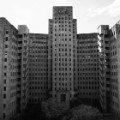
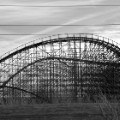
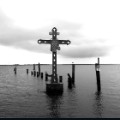

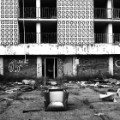
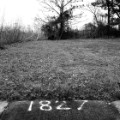
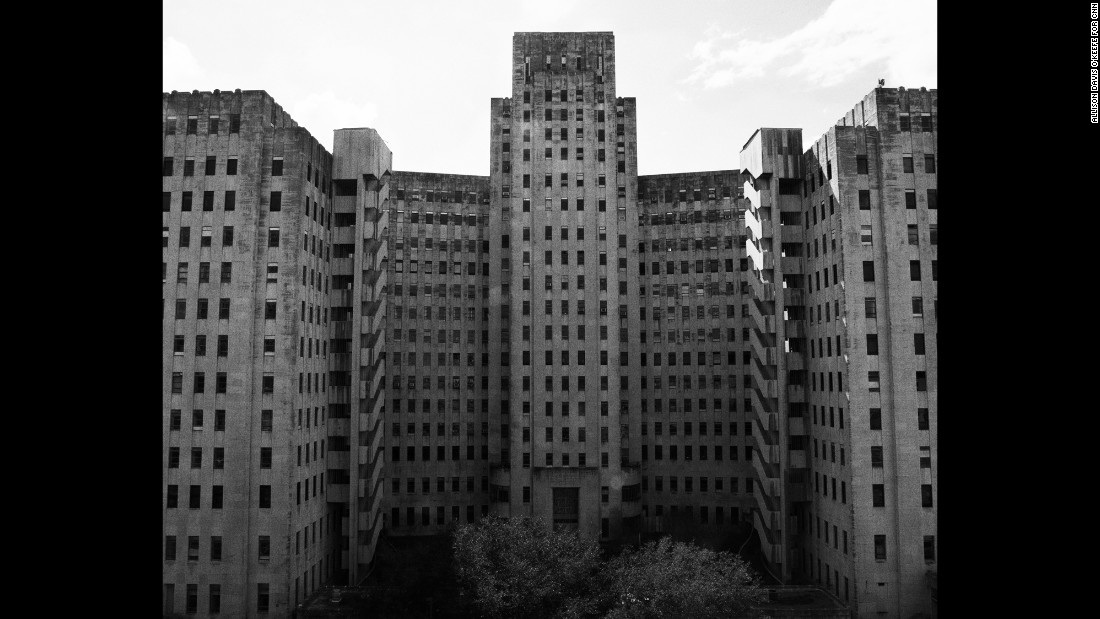
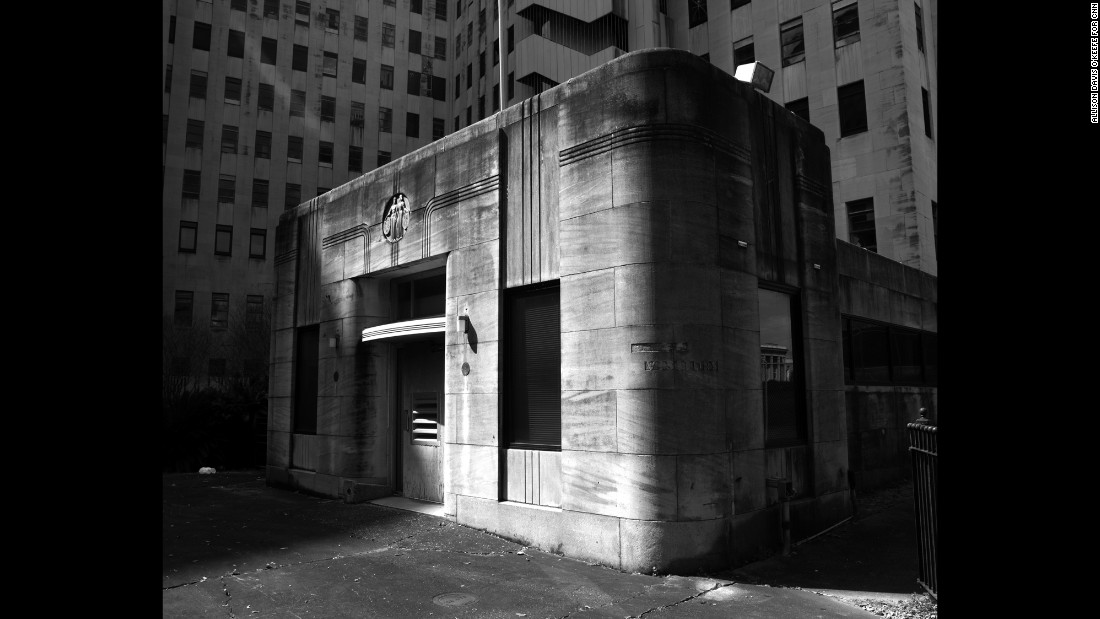
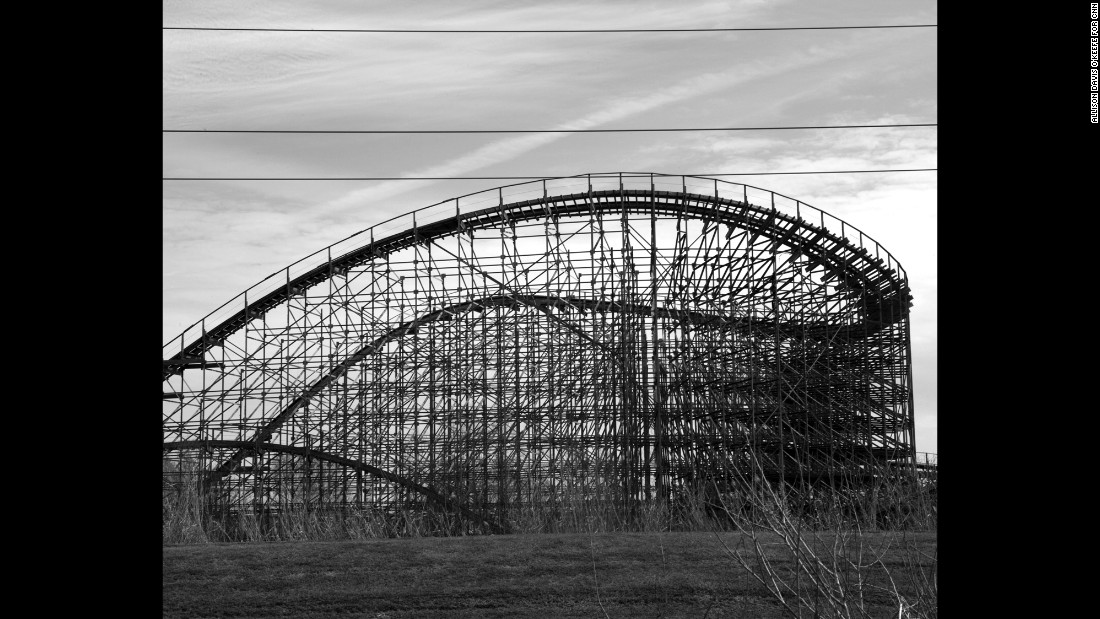
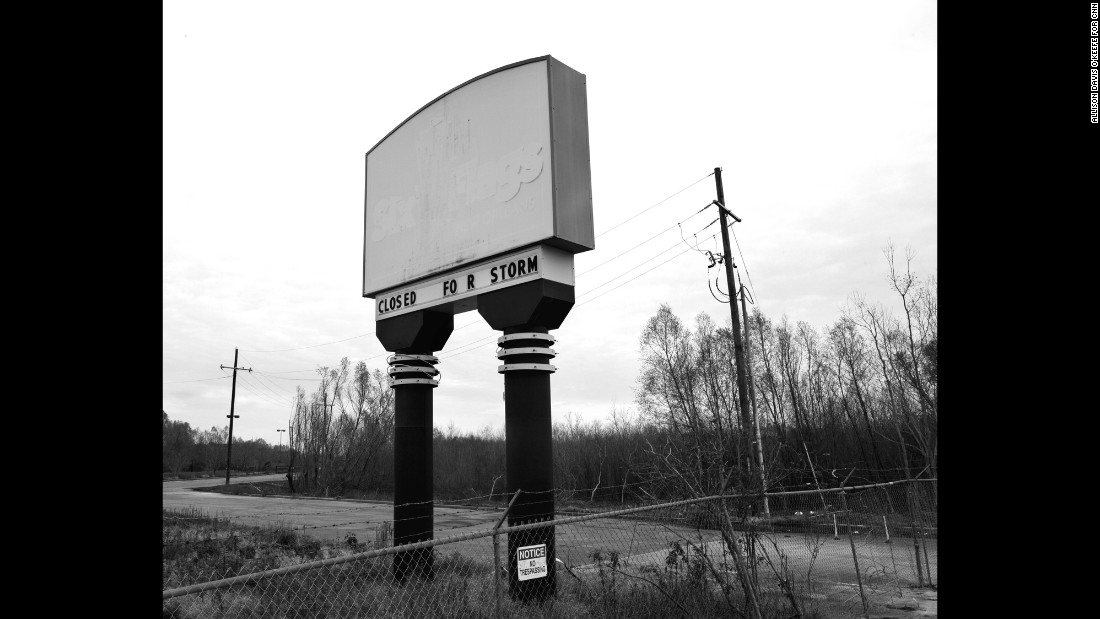
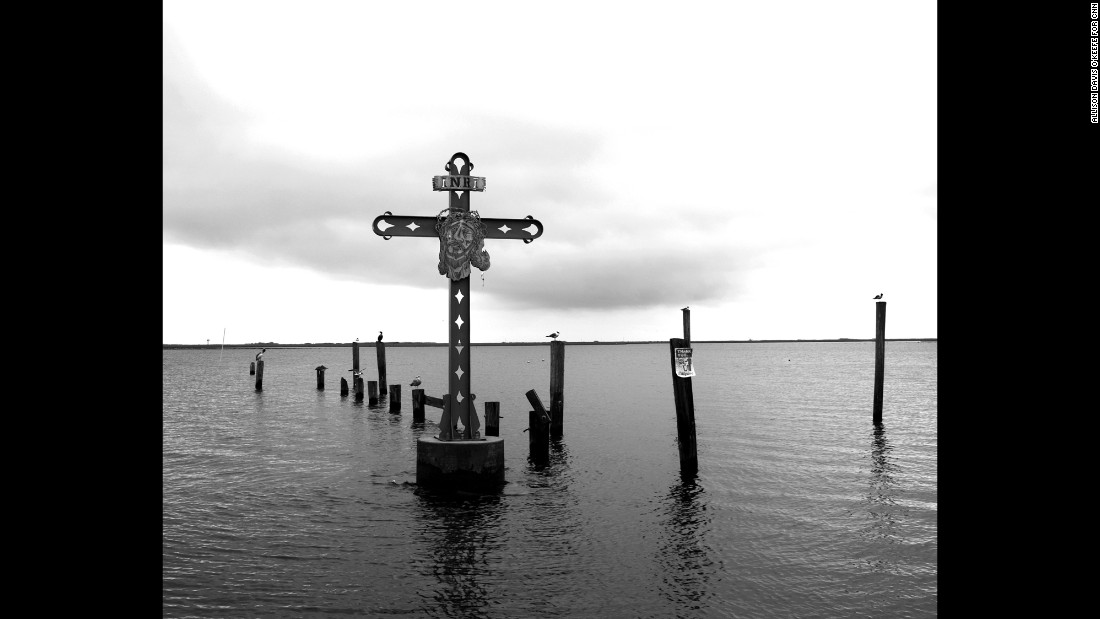
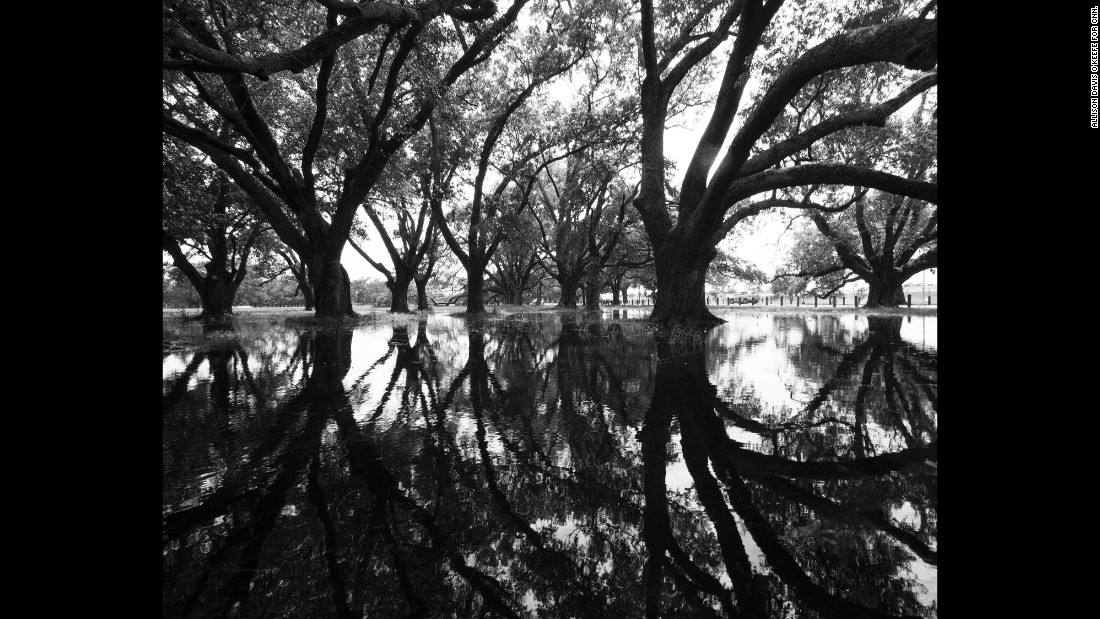
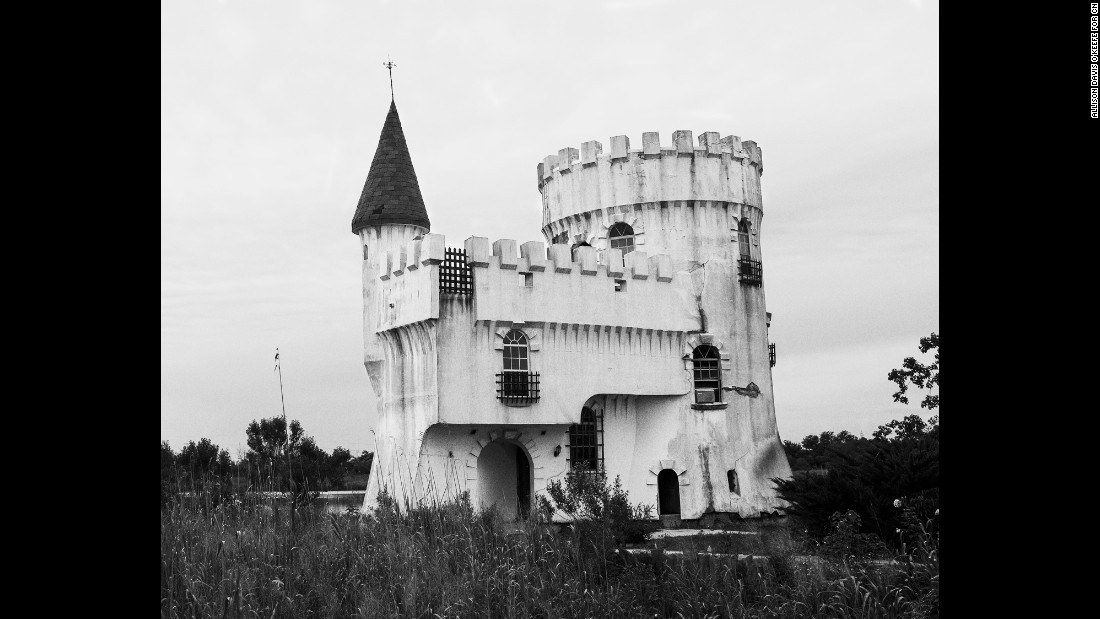
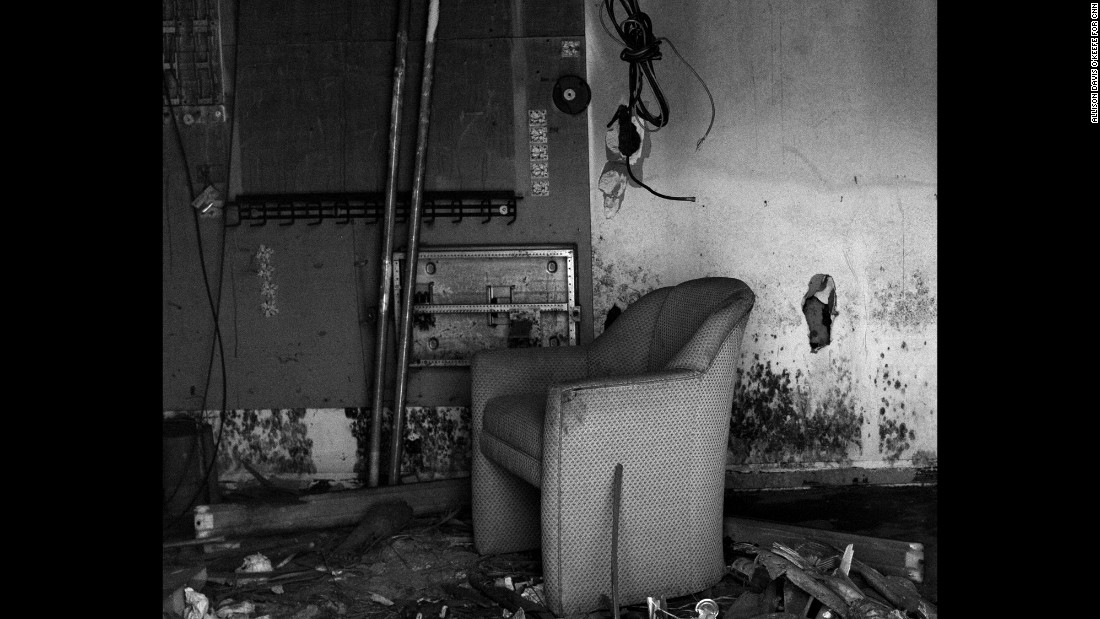
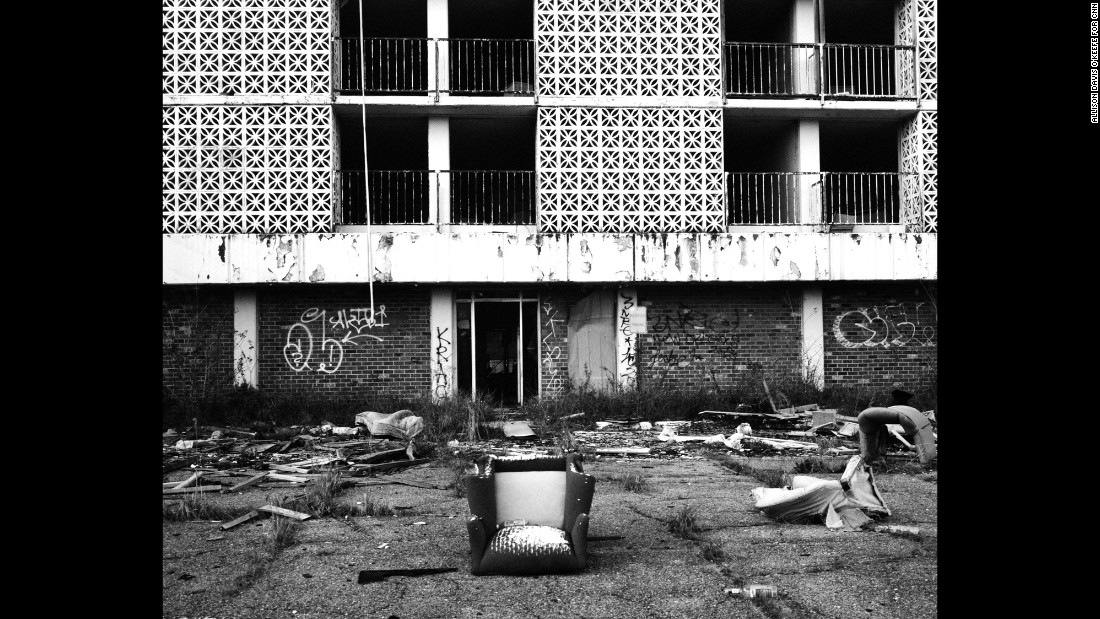
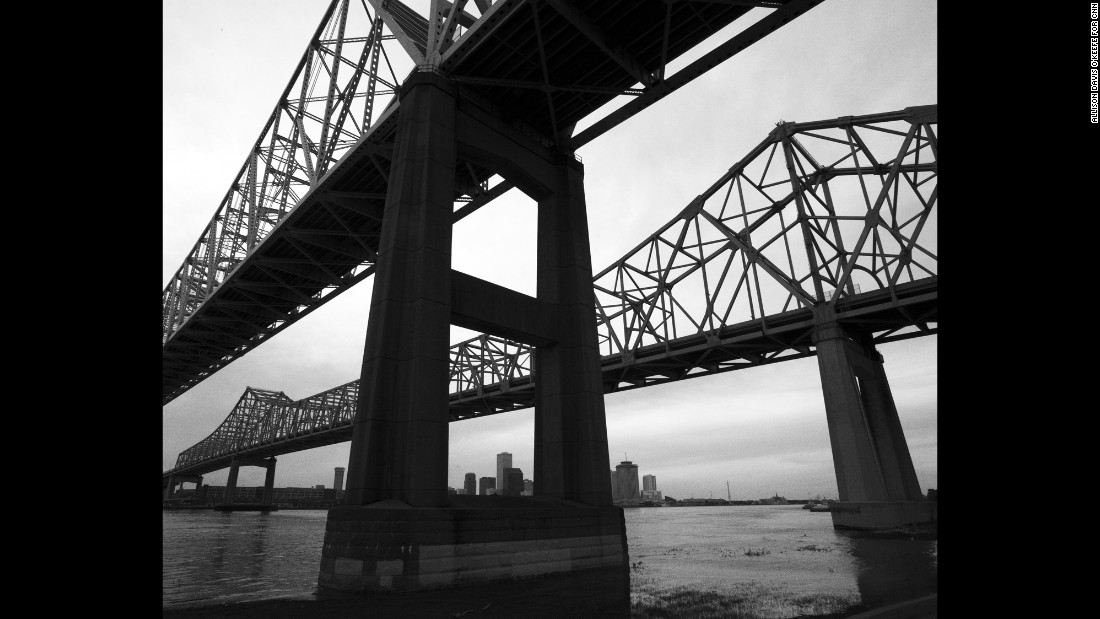
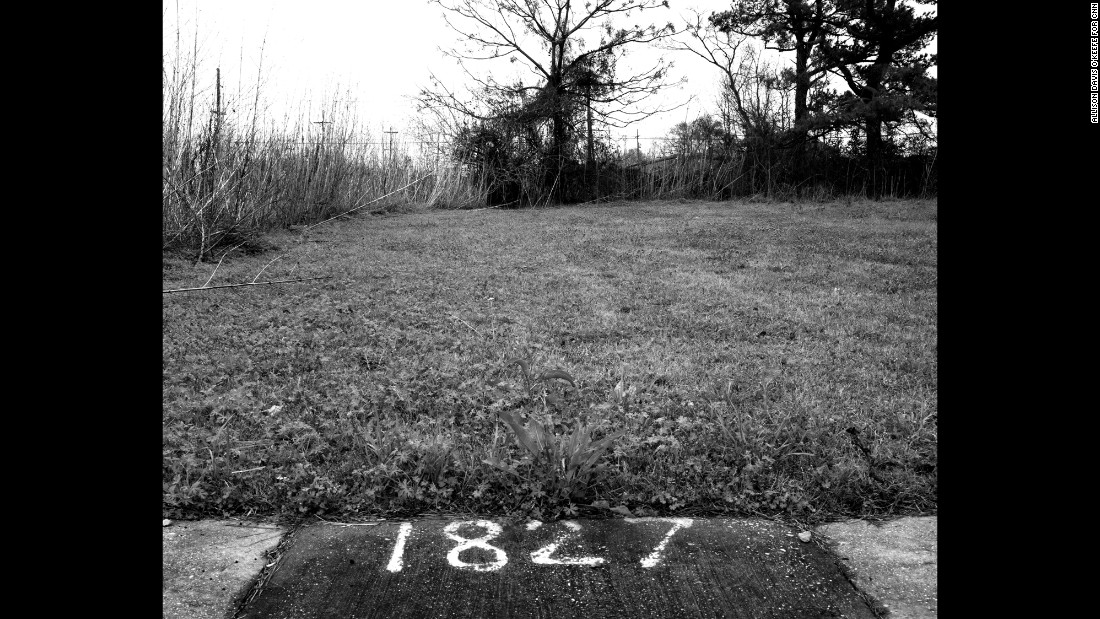
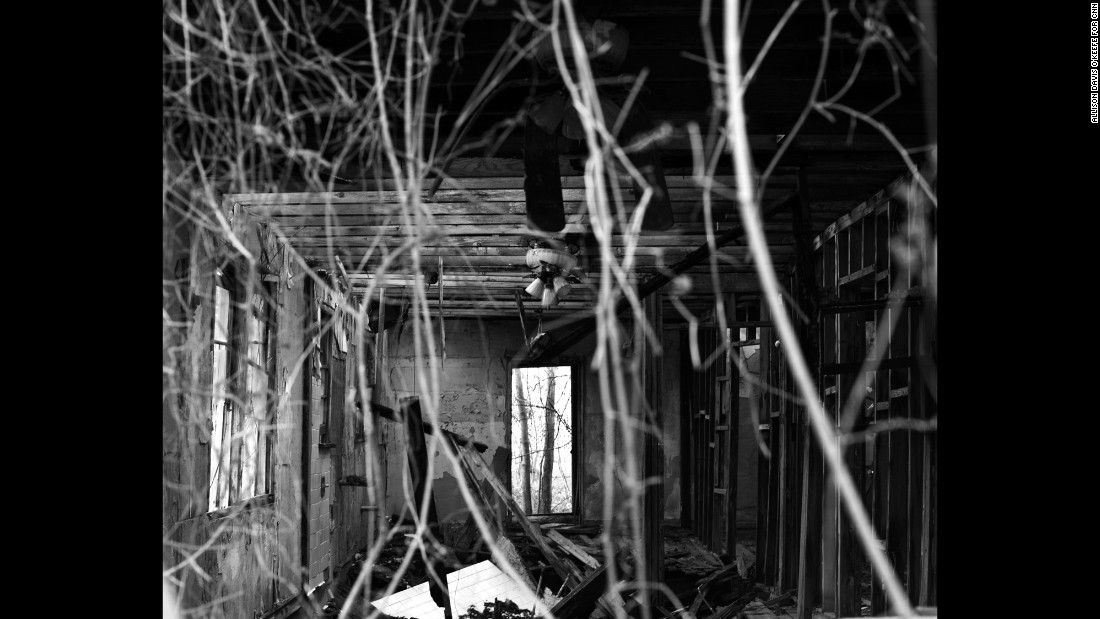
Strict Standards: Only variables should be assigned by reference in /home/noahjames7/public_html/modules/mod_flexi_customcode/tmpl/default.php on line 24
Strict Standards: Non-static method modFlexiCustomCode::parsePHPviaFile() should not be called statically in /home/noahjames7/public_html/modules/mod_flexi_customcode/tmpl/default.php on line 54
Find out more by searching for it!
